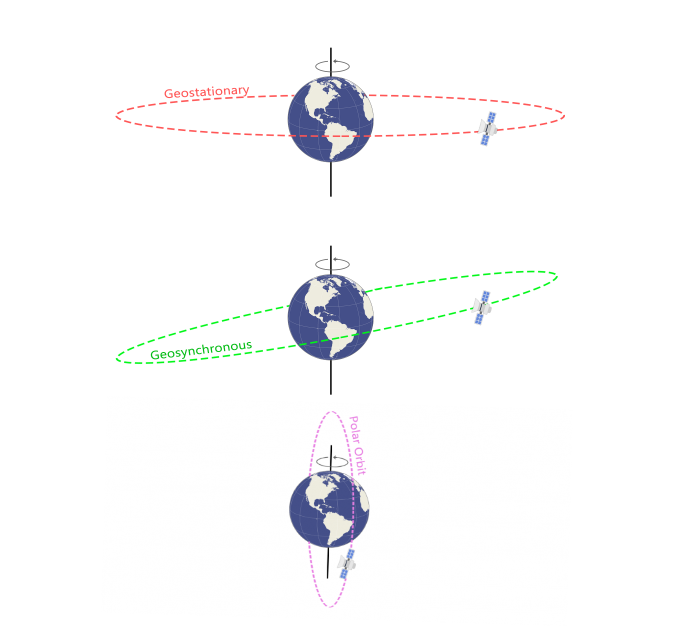900 319 0030
enquiry@shankarias.in
Kimberley Process
Types of Satellite orbits

Owl Festival
Ganga Museum
National Mission for Clean Ganga
Sea of Azov
Source: PIB, The Hindu
JayaSingh 5 years
These notes exactly targets the prelims. Hats off to you, for this religious updations regularly